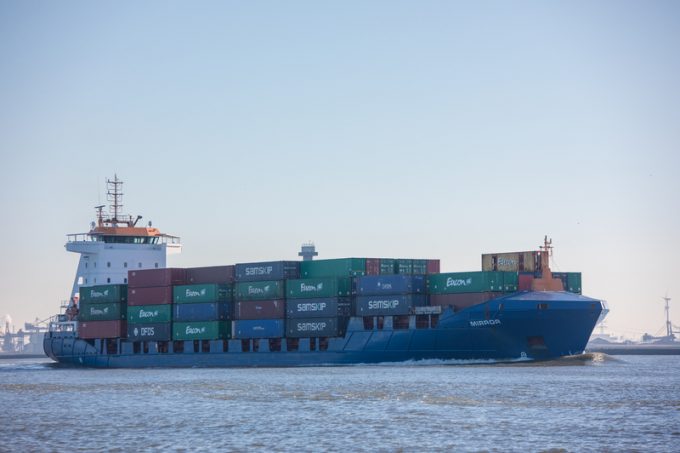AD Ports launches Erkport JV, but loses out over Alsancak terminal
It’s been a couple of days of mixed fortunes for fast-growing UAE ports and logistics ...

While deepsea container lines have been blanking hundreds of sailings on the main trades, the same has not been true of Europe’s shortsea carriers.
Despite the sudden drop in volumes following the outbreak of the coronavirus pandemic, “playing with the schedule is simply not an option”, Jerome Feuvrier, chief commercial officer of Samksip, told The Loadstar.
“We have some very large industrial customers who rely on us to operate their just-in-time supply chains, and maintaining the integrity of this is of upmost ...
Amazon pushes into LTL for small package fulfilment and UPS does a u-turn
New senior management for DSV as it readies for DB Schenker takeover
Volumes set to 'fall off a cliff' as US firms hit the brakes on sourcing and bookings
Asian exporters scramble for ships and boxes to beat 90-day tariff pause
Temporary tariff relief brings on early transpacific peak season
'Tariff madness' will prompt renegotiation of ocean shipping contracts
Response to tariffs by Chinese importers may see extra costs for US shippers
Forwarders 'allowing the fox into the chicken run' by supporting 'hungry' carriers

Comment on this article